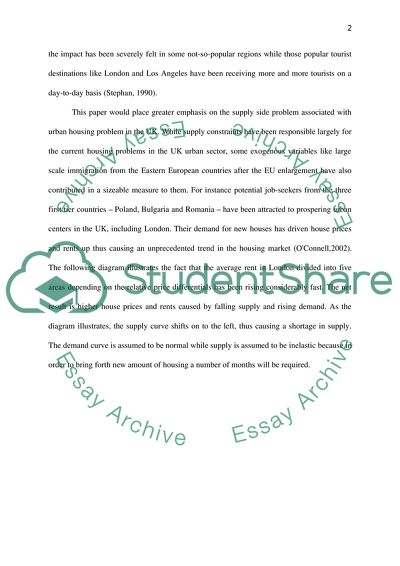Cite this document
(Critical and Contemporary Themes in Tourism Research Paper, n.d.)
Critical and Contemporary Themes in Tourism Research Paper. Retrieved from https://studentshare.org/tourism/1746256-critical-and-contemporary-themes-in-tourism
Critical and Contemporary Themes in Tourism Research Paper. Retrieved from https://studentshare.org/tourism/1746256-critical-and-contemporary-themes-in-tourism
(Critical and Contemporary Themes in Tourism Research Paper)
Critical and Contemporary Themes in Tourism Research Paper. https://studentshare.org/tourism/1746256-critical-and-contemporary-themes-in-tourism.
Critical and Contemporary Themes in Tourism Research Paper. https://studentshare.org/tourism/1746256-critical-and-contemporary-themes-in-tourism.
“Critical and Contemporary Themes in Tourism Research Paper”, n.d. https://studentshare.org/tourism/1746256-critical-and-contemporary-themes-in-tourism.


